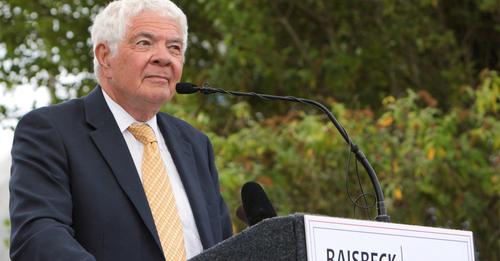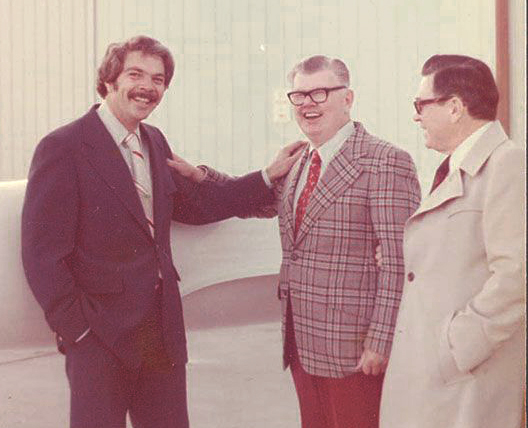NBAA, AOPA, the Museum of Flight and the Dee Howard Foundation were among the groups noting the passing of James D. Raisbeck, CEO of Raisbeck Engineering, who died last week at the age of 84. Raisbeck’s 67-year career was built upon using his knowledge of fluid dynamics to create products that reduced drag, enhance overall performance and increased safety margins for numerous business and commercial aircraft.

“James Raisbeck’s impact on aviation is enormous and enduring. His legacy extends from aircraft innovations to aviation institutions that educate and inspire, including the Raisbeck Aviation High School,” said NBAA President and CEO Ed Bolen. “NBAA was proud to recognize James with our Meritorious Service to Aviation Award in 2002.”
Raisbeck partnered with Dee Howard in the 1970s and developed the Howard/Raisbeck Mark II mod for the Learjet. “It was a very successful collaboration, and they became close, lifelong friends,” said Wayne Fagan, Chair of the Dee Howard Foundation. “James joined the DHF Industry Advisory Council and was a supporter of DHF. We will miss him.”

Raisbeck began his career in 1954 as a U.S. Air Force flight engineer and maintenance technician. He earned a B.S. in aeronautical engineering from Purdue University in 1961, then joined Boeing as a research aerodynamicist. He left the OEM in 1969 to become president and chief engineer of Robertson Aircraft Corp., a Bellevue, WA company known for its short takeoff and landing kits for general aviation aircraft. In 1973, he founded Raisbeck Engineering, a Seattle-based company that integrates advanced technology into existing business and commercial aircraft to increase their productivity and profitability.
Raisbeck’s engineering and aerodynamic innovations for business aircraft include several Learjet wing enhancements, an aft fuselage locker for the Learjet 30 series, multiple aerodynamic and engine modifications for King Airs, as well as several improvements for Sabreliners. His company’s Commercial Air Group also produced enhancements for Boeing and Airbus aircraft. Raisbeck also developed the concept of a secure cockpit door prior to the events of Sept. 11. Today, thousands of aircraft worldwide fly with Raisbeck Engineering modifications.
A member of NBAA since 1982, Raisbeck received numerous accolades, including the 2002 the NBAA Award for Meritorious Service to Aviation for lifetime achievement, Pro Pilot Magazine’s Entrepreneur of the Year in 1999, the Living Legends Lifetime Aviation Entrepreneur Award in 2008, plus additional honors from the American Institute of Aeronautics and Astronautics, Purdue University and the National Air and Space Museum.
Raisbeck also was a well-known philanthropist who funded full scholarships for many aviation students. He also supported numerous organizations in the Seattle area, including the Museum of Flight. The Raisbeck Aviation High School, which he helped establish in the Seattle suburb of Tukwila in 2013, was particularly close to his heart.
The High School—located across the street from the museum and adjacent Boeing Field, is an early adopter of the AOPA Foundation’s You Can Fly High School Aviation STEM Curriculum and has been recognized as one of the top high schools in Washington.
He is survived by his wife Sherry, two daughters, a son, four grandchildren and two great-grandchildren.


